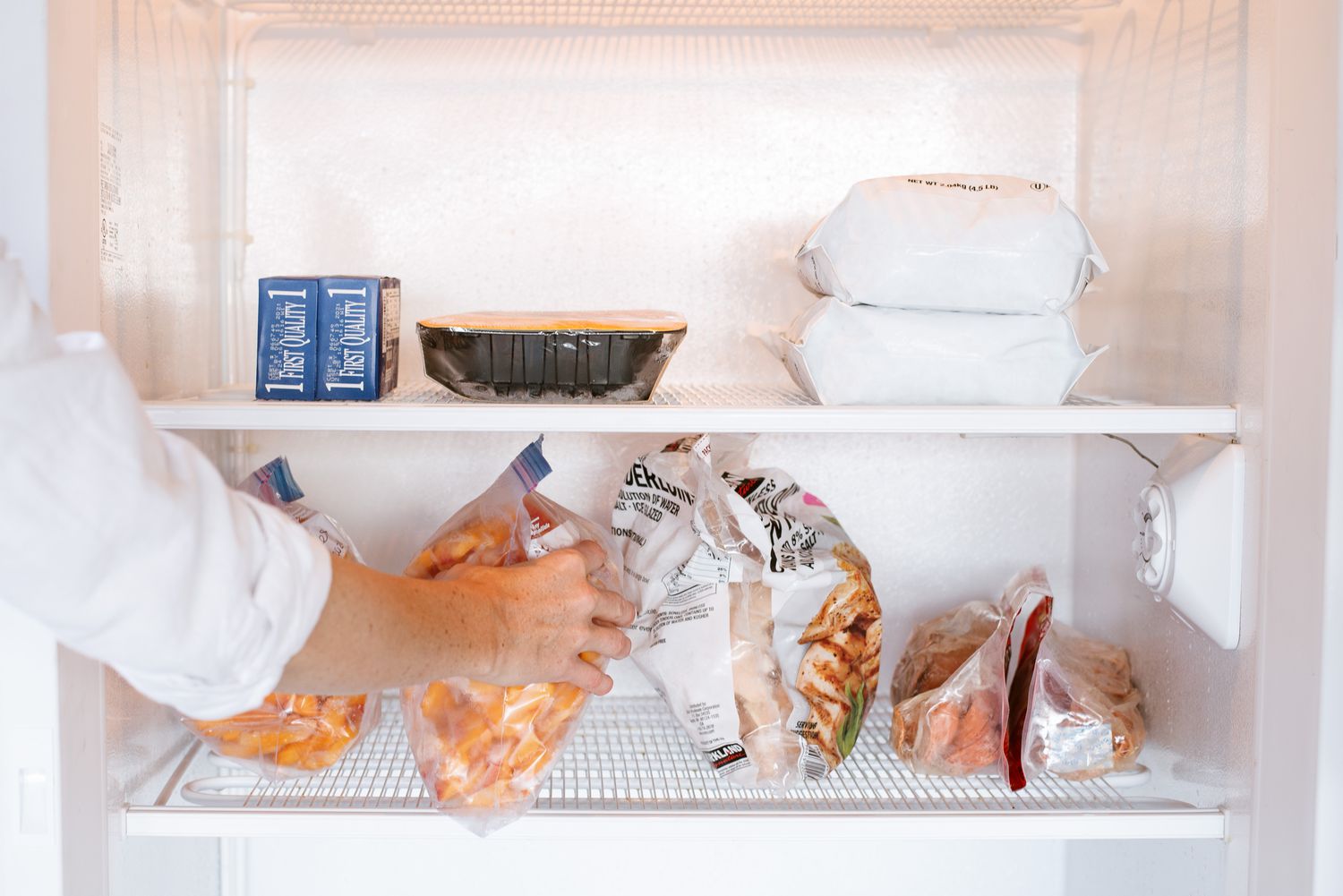

Articles
What Is A Manual Defrost Freezer
Modified: September 1, 2024
Learn all about manual defrost freezers with our informative articles. Discover how they work and why they might be the right choice for you.
(Many of the links in this article redirect to a specific reviewed product. Your purchase of these products through affiliate links helps to generate commission for Storables.com, at no extra cost. Learn more)
What Is A Manual Defrost Freezer
A manual defrost freezer is a type of freezer that requires periodic defrosting to remove ice buildup. Unlike frost-free freezers, which have a built-in mechanism to remove ice automatically, manual defrost freezers rely on the user to manually defrost and clean them.
Manual defrost freezers are a popular option for homeowners who want a more affordable and energy-efficient freezer. While they do require some extra maintenance compared to frost-free models, manual defrost freezers have their own advantages and can be a practical choice for certain situations.
Next, let’s take a closer look at how a manual defrost freezer works and explore its benefits and drawbacks.
Key Takeaways:
- Manual defrost freezers are energy-efficient, offer better long-term food preservation, and operate quietly. They require regular maintenance but are a practical choice for those prioritizing energy savings and food quality.
- When choosing between manual defrost and frost-free freezers, consider your lifestyle and budget. Manual defrost freezers are more affordable upfront, energy-efficient, and provide better long-term food preservation, making them suitable for those willing to commit to regular maintenance.
Read more: How To Defrost Frigidaire Freezer
Introduction
Freezers are essential appliances in households and commercial settings, providing a convenient way to store and preserve food items for extended periods. While frost-free freezers have gained popularity due to their convenience, manual defrost freezers still have their place in the market.
In this article, we will delve into the world of manual defrost freezers and explore what sets them apart from their frost-free counterparts. We will discuss the definition of a manual defrost freezer, how it works, its advantages and disadvantages, and provide some useful tips for defrosting and maintaining them. Additionally, we will compare manual defrost freezers to frost-free freezers to help you make an informed decision when purchasing a freezer.
So, let’s dive in and discover the ins and outs of manual defrost freezers!
Definition of a Manual Defrost Freezer
A manual defrost freezer is a type of freezer that requires the user to periodically defrost the unit to remove ice buildup. Unlike frost-free freezers, which feature an automatic defrosting mechanism, manual defrost freezers rely on a manual process to maintain optimal performance.
Manual defrost freezers typically have a single compartment with no separate freezer and refrigerator sections. They are often chest-style freezers, though some upright models may also require manual defrosting.
These freezers work by using a cooling system that cools the compartment below freezing temperatures, allowing the food items to stay frozen. However, over time, moisture in the air can accumulate and freeze onto the interior surfaces of the freezer, forming ice. If left unattended, this ice buildup can impair the freezer’s efficiency and storage capacity.
In a manual defrost freezer, the user must manually turn off the freezer, remove all the food items, and allow the accumulated ice to melt. This process typically involves placing towels or pans underneath the freezer to catch the melting ice and prevent water damage to surrounding areas. Once the ice has melted, the user must remove the water and thoroughly clean and dry the interior before restarting the freezer.
By actively participating in the defrosting process, users can ensure that their manual defrost freezers remain in optimal working condition and that the frozen food items are stored in a safe environment.
How Does a Manual Defrost Freezer Work?
A manual defrost freezer operates on a relatively simple principle. These freezers utilize a cooling system to maintain a low temperature inside the compartment, allowing food items to be kept frozen for an extended period of time.
Inside the freezer, there is a refrigeration system consisting of a compressor, condenser, evaporator coil, and an expansion valve. The compressor is responsible for compressing the refrigerant, typically a gas such as freon, which increases its pressure and temperature. The heated refrigerant then flows through the condenser coils, located on the outside of the freezer, where it dissipates heat to the surrounding air.
After the refrigerant has released heat in the condenser, it enters the expansion valve, which causes the refrigerant to rapidly expand. This expansion lowers the pressure and temperature of the refrigerant, allowing it to absorb heat from inside the freezer compartment.
The low-temperature refrigerant then passes through the evaporator coil, which is located inside the freezer compartment. As it circulates through the coil, it absorbs the heat from the surrounding air, causing the air temperature to drop significantly. This cold air is then circulated throughout the freezer, keeping the food items frozen.
Over time, the moisture content in the air within the freezer can condense and freeze onto the interior surfaces, forming ice. This ice buildup can hinder the freezer’s efficiency and reduce its storage capacity.
To prevent these issues, manual defrost freezers require periodic defrosting. The user must manually turn off the freezer and allow the accumulated ice to melt. This can be done by removing the food items, placing towels or pans underneath the freezer to catch the melting ice, and allowing the ice to melt naturally. Once the ice has melted, the user must clean and dry the interior thoroughly before restarting the freezer.
By manually managing the defrosting process, users can ensure that their manual defrost freezers continue to operate efficiently and effectively freeze their food items.
Advantages of a Manual Defrost Freezer
While manual defrost freezers may require a bit more maintenance compared to frost-free models, they offer several advantages that make them a practical choice for certain situations. Here are some of the key advantages of manual defrost freezers:
- Energy Efficiency: Manual defrost freezers are generally more energy-efficient compared to frost-free models. This is because they don’t have a built-in automatic defrosting mechanism that constantly consumes energy. By manually defrosting the freezer, you have more control over when and how often it runs, resulting in energy savings.
- Better Food Preservation: Manual defrost freezers offer better long-term food preservation. The absence of the automatic defrosting mechanism means that there are fewer temperature fluctuations inside the freezer. This helps to maintain a more consistent and uniform temperature, which keeps your food items frozen at their optimal quality for a longer period.
- Lower Maintenance Costs: Manual defrost freezers tend to have lower maintenance costs over the lifespan of the appliance. Frost-free freezers often require repair or replacement of the automatic defrosting components, which can be costly. With a manual defrost freezer, there are fewer components that can fail, reducing the likelihood of expensive repairs.
- Quieter Operation: Manual defrost freezers generally operate more quietly compared to frost-free models. Since they don’t have a fan running constantly to circulate air and defrost the freezer, the noise level is significantly reduced. This can be especially beneficial if you have an open floor plan or require a quiet environment.
- Availability in Larger Capacities: Manual defrost freezers are often available in larger capacities, making them suitable for those who require significant storage space. This is particularly advantageous for individuals or businesses that deal with large amounts of perishable items or need ample freezer space for events or occasions.
It’s important to consider these advantages when deciding whether a manual defrost freezer is the right choice for your specific needs. By weighing the benefits against the required maintenance, you can make an informed decision and ensure that your food items are stored properly.
When defrosting a manual defrost freezer, place towels or a shallow pan under the freezer to catch the water as the ice melts. This will make the process less messy and easier to clean up.
Read more: How To Defrost A Samsung Freezer
Disadvantages of a Manual Defrost Freezer
While manual defrost freezers have their advantages, they are not without their drawbacks. It’s important to consider these disadvantages before making a decision to purchase a manual defrost freezer:
- Regular Maintenance: One of the main disadvantages of manual defrost freezers is the need for regular maintenance. Unlike frost-free freezers that automate the defrosting process, manual defrost freezers require the user to manually defrost the unit periodically. This can be time-consuming and may require you to remove all the food items from the freezer and allow the ice to melt naturally.
- Potential Temperature Fluctuations: Since manual defrost freezers do not have an automatic defrosting mechanism, there is a higher possibility of temperature fluctuations. During the defrosting process, the freezer may temporarily warm up, which can affect the overall temperature inside and potentially affect the quality and safety of your food items.
- Ice Accumulation: Without automated defrosting, manual defrost freezers are prone to ice buildup. If not regularly defrosted, the ice can accumulate on the interior surfaces and shelves, reducing the available storage space. This can be a challenge if you regularly store large quantities of frozen food or have limited freezer capacity.
- Additional Work and Attention: Maintaining a manual defrost freezer requires more effort and attention compared to frost-free models. You need to remember to schedule regular defrosting sessions and ensure that the process is done properly to avoid damage. This additional workload may not be suitable for individuals with busy schedules or those who prefer a more hands-off approach to freezer maintenance.
- Potential Water Damage: During the defrosting process, melted ice can accumulate and result in water pooling at the bottom of the freezer. If not properly managed, this water can leak out of the freezer and potentially cause damage to the surrounding area. It’s important to place towels or pans to catch the melting ice and regularly check for any water leakage.
Considering these disadvantages, it’s important to evaluate your specific needs and preferences. If you are willing to commit to regular maintenance and are looking for a more energy-efficient option, a manual defrost freezer may be suitable for you. However, if convenience and automation are top priorities, a frost-free freezer may be a better choice.
Tips for Defrosting a Manual Defrost Freezer
Defrosting a manual defrost freezer is an essential maintenance task to ensure its proper functioning and efficiency. Follow these tips to make the defrosting process more manageable:
- Plan Ahead: Schedule a time for defrosting when you have sufficient time and won’t need to access the freezer frequently. Choose a time when you have minimal food stored in the freezer to make the process easier.
- Remove Food Items: Begin by removing all the food items from the freezer. Place them in a cooler with ice packs or in another freezer to keep them frozen while you defrost the unit.
- Turn Off or Unplug the Freezer: Make sure to turn off or unplug the freezer to prevent it from running during the defrosting process. This allows the accumulated ice to melt naturally.
- Speed Up the Process: To speed up the melting process, you can use a fan to circulate air around the freezer or place bowls of hot water inside the freezer. However, avoid using sharp objects or heating tools to scrape or melt the ice, as this can damage the interior surfaces.
- Catch Melting Ice: Place towels or pans beneath the freezer to catch the melting ice. This helps prevent water damage to the surrounding area and makes cleanup easier.
- Clean and Dry the Interior: Once all the ice has melted, thoroughly clean and dry the interior of the freezer. Use a mixture of mild detergent and warm water to wipe down surfaces and remove any residue. Ensure that the interior is completely dry to prevent the formation of new ice.
- Restart the Freezer: Once the interior is clean and dry, plug in or turn on the freezer and allow it to reach the desired temperature before placing the food items back inside. Follow the manufacturer’s instructions for recommended temperature settings.
- Maintain Regular Defrosting Schedule: To prevent excessive ice buildup, it’s essential to establish a regular defrosting schedule. Depending on the usage and environmental conditions, manual defrost freezers typically require defrosting every few months or when the ice reaches a thickness of around 0.5 inches (1.3 cm).
By following these tips, you can efficiently and effectively defrost your manual defrost freezer, ensuring that it remains in optimal working condition and prolonging its lifespan.
Maintenance and Cleaning of a Manual Defrost Freezer
To keep your manual defrost freezer running smoothly and ensure the longevity of the appliance, regular maintenance and cleaning are essential. Follow these tips to properly maintain and clean your freezer:
- Regular Defrosting: As mentioned earlier, regular defrosting is crucial for maintaining optimal performance. Schedule regular defrosting sessions based on the manufacturer’s recommendations or when ice buildup reaches approximately 0.5 inches (1.3 cm) in thickness.
- Inspect and Replace Gaskets: Check the door gaskets regularly to ensure they create a tight seal when the door is closed. If you notice any cracks, tears, or signs of wear, replace the gaskets to prevent cold air leakage and save energy.
- Clean the Interior: Periodically clean the interior of the freezer to remove any spills, stains, or odors. Use a mild detergent mixed with water to wipe down the interior surfaces, shelves, and drawers. Avoid using harsh chemicals or abrasive cleaners, as they can damage the surfaces.
- Remove and Clean Storage Baskets and Shelves: Take out the storage baskets and shelves and wash them with warm, soapy water. Rinse and dry them thoroughly before placing them back into the freezer. This helps maintain a clean and organized freezer interior.
- Check and Adjust Temperature: Regularly monitor the temperature inside the freezer. Use a refrigerator thermometer to ensure that the temperature remains consistently below freezing point to keep food items properly frozen.
- Declutter and Organize: Periodically declutter your freezer by removing expired or freezer-burned items. This not only creates more space but also allows for better air circulation and more efficient cooling. Organize the remaining items in a way that allows easy access and minimizes the opening and closing of the freezer door.
- Keep the Exterior Clean: Wipe down the exterior of the freezer with a damp cloth to remove dust and stains. Ensure that the vents and air circulation areas are clear of obstructions to promote proper airflow and cooling.
- Keep the Freezer Full: A partially-filled freezer requires more energy to maintain the desired temperature. If your freezer is not fully stocked, consider using containers or bags filled with water to occupy empty space. This helps to conserve energy and maintain a stable temperature.
- Follow Manufacturer’s Instructions: Always refer to the manufacturer’s instructions and guidelines for specific maintenance and cleaning recommendations. They may provide additional tips and precautions for your particular model.
By following these maintenance and cleaning tips, you can ensure that your manual defrost freezer functions optimally and provide you with reliable frozen food storage for years to come.
Comparison between Manual Defrost Freezers and Frost-Free Freezers
When choosing a freezer, it’s important to consider your specific needs and understand the differences between manual defrost freezers and frost-free freezers. Here’s a comparison of the two types:
- Defrosting:
Manual Defrost Freezers: Manual defrost freezers require periodic defrosting, typically every few months, to remove ice buildup. This process involves manually turning off the freezer, removing the food items, and allowing the ice to melt naturally. - Maintenance:
Manual Defrost Freezers: Manual defrost freezers require more maintenance in terms of regular defrosting and cleaning. However, they typically have fewer mechanical components, reducing the likelihood of expensive repairs. - Energy Efficiency:
Manual Defrost Freezers: Manual defrost freezers are generally more energy-efficient because they don’t have the continuous energy consumption associated with automatic defrosting cycles. - Food Preservation:
Manual Defrost Freezers: Manual defrost freezers offer better long-term food preservation since they have fewer temperature fluctuations during the defrosting process. This can help maintain the quality and safety of frozen food items. - Noise Level:
Manual Defrost Freezers: Manual defrost freezers tend to operate more quietly since they don’t have fans running continuously to circulate air and defrost the unit. - Price Range:
Manual Defrost Freezers: Manual defrost freezers are generally more affordable upfront compared to frost-free models.
Frost-Free Freezers: Frost-free freezers have a built-in automatic defrosting mechanism that periodically heats up the interior to melt any ice buildup. This eliminates the need for manual defrosting, offering convenience to users.
Frost-Free Freezers: Frost-free freezers have automated defrosting mechanisms, reducing the need for manual intervention. However, they may require more maintenance in the long run, as the defrosting components can occasionally require repair or replacement.
Frost-Free Freezers: Frost-free freezers consume more energy due to the operation of the automatic defrosting system. However, the energy difference may vary depending on the model and usage patterns.
Frost-Free Freezers: Frost-free freezers may experience slight temperature variations as a result of the defrosting process, which can impact the quality and shelf life of certain food items.
Frost-Free Freezers: Frost-free freezers produce more noise due to the fans and motors required for the automatic defrosting process.
Frost-Free Freezers: Frost-free freezers tend to be more expensive upfront due to the added technology and convenience of the automatic defrosting feature.
Ultimately, the choice between a manual defrost freezer and a frost-free freezer depends on your preferences, budget, and lifestyle. If you prioritize energy efficiency, better long-term food preservation, and quieter operation, a manual defrost freezer may be suitable for you. However, if convenience and automation are more important, a frost-free freezer may be the better option.
Read more: How To Defrost Bread From Freezer
Conclusion
In conclusion, manual defrost freezers offer a viable alternative to frost-free freezers, providing unique advantages and considerations for users. These freezers require periodic defrosting to remove ice buildup and rely on the user’s manual intervention for maintenance.
A manual defrost freezer is a more energy-efficient option, as it does not continuously consume energy for automatic defrosting cycles. It also provides better long-term food preservation, with fewer temperature fluctuations during the defrosting process. Manual defrost freezers tend to operate quietly and are available in larger capacities, making them suitable for those who require ample frozen storage space.
- Manual defrost freezers require manual defrosting every few months, which can be time-consuming but ensures optimal performance.
- Regular maintenance, including cleaning the interior and inspecting gaskets, is necessary for the proper functioning of a manual defrost freezer.
- Comparing manual defrost freezers to frost-free freezers, manual defrost freezers are generally more energy-efficient, offer better long-term food preservation, and operate more quietly.
However, manual defrost freezers do have their drawbacks. They require regular defrosting and may experience temperature fluctuations during the process. Ice accumulation can reduce storage space, and additional effort is needed for maintenance and cleaning.
When making a decision between a manual defrost freezer and a frost-free freezer, consider your requirements, lifestyle, and budget. If energy efficiency, long-term food preservation, and quieter operation are priorities, a manual defrost freezer may be the right choice for you. On the other hand, if convenience and automation are paramount, a frost-free freezer may better suit your needs.
Remember to follow the manufacturer’s instructions for defrosting, maintenance, and cleaning, and establish a regular schedule to keep your manual defrost freezer in peak condition. With proper care, a manual defrost freezer can provide reliable frozen storage and preserve the quality of your food items for years to come.
Frequently Asked Questions about What Is A Manual Defrost Freezer
Was this page helpful?
At Storables.com, we guarantee accurate and reliable information. Our content, validated by Expert Board Contributors, is crafted following stringent Editorial Policies. We're committed to providing you with well-researched, expert-backed insights for all your informational needs.

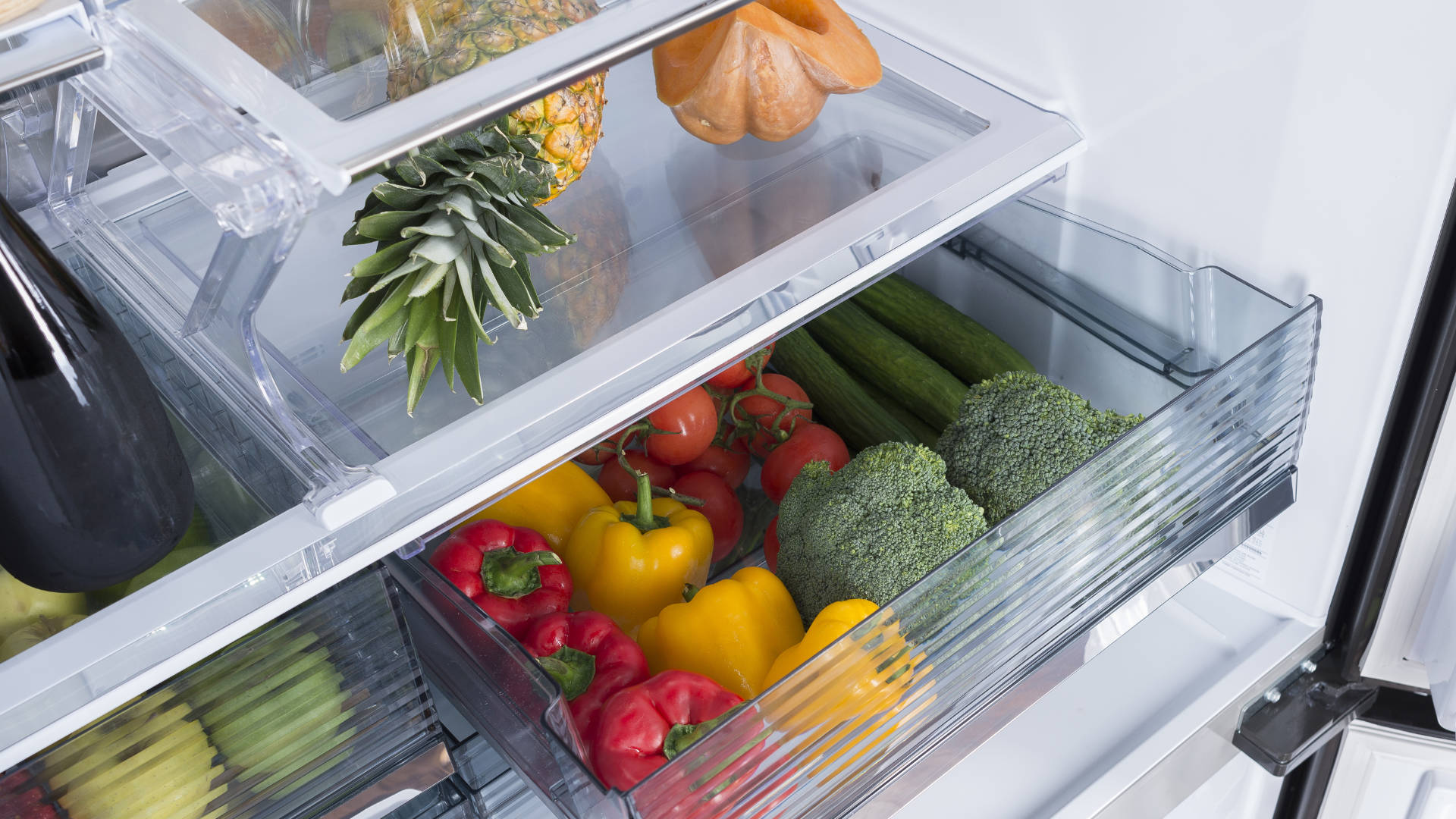

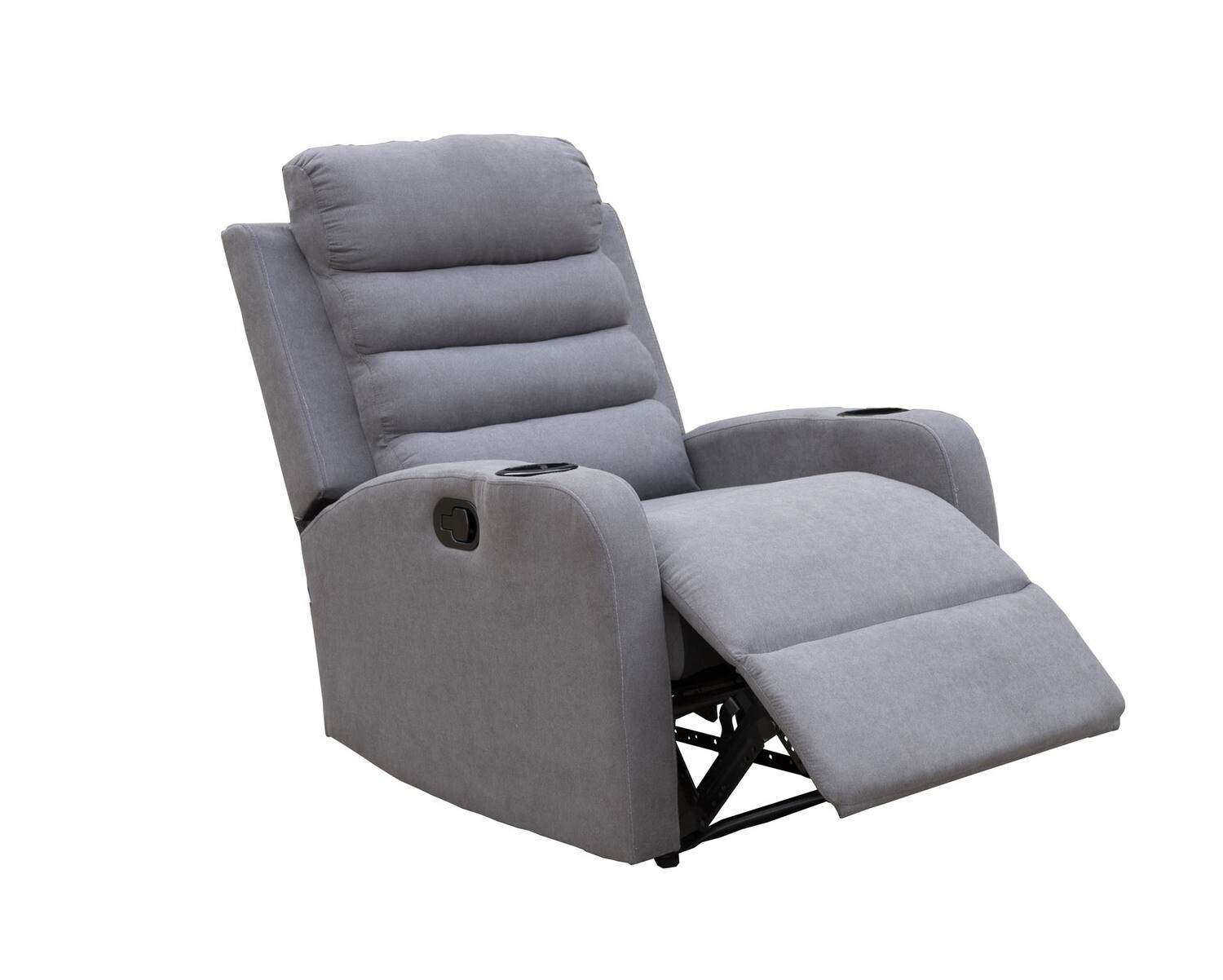
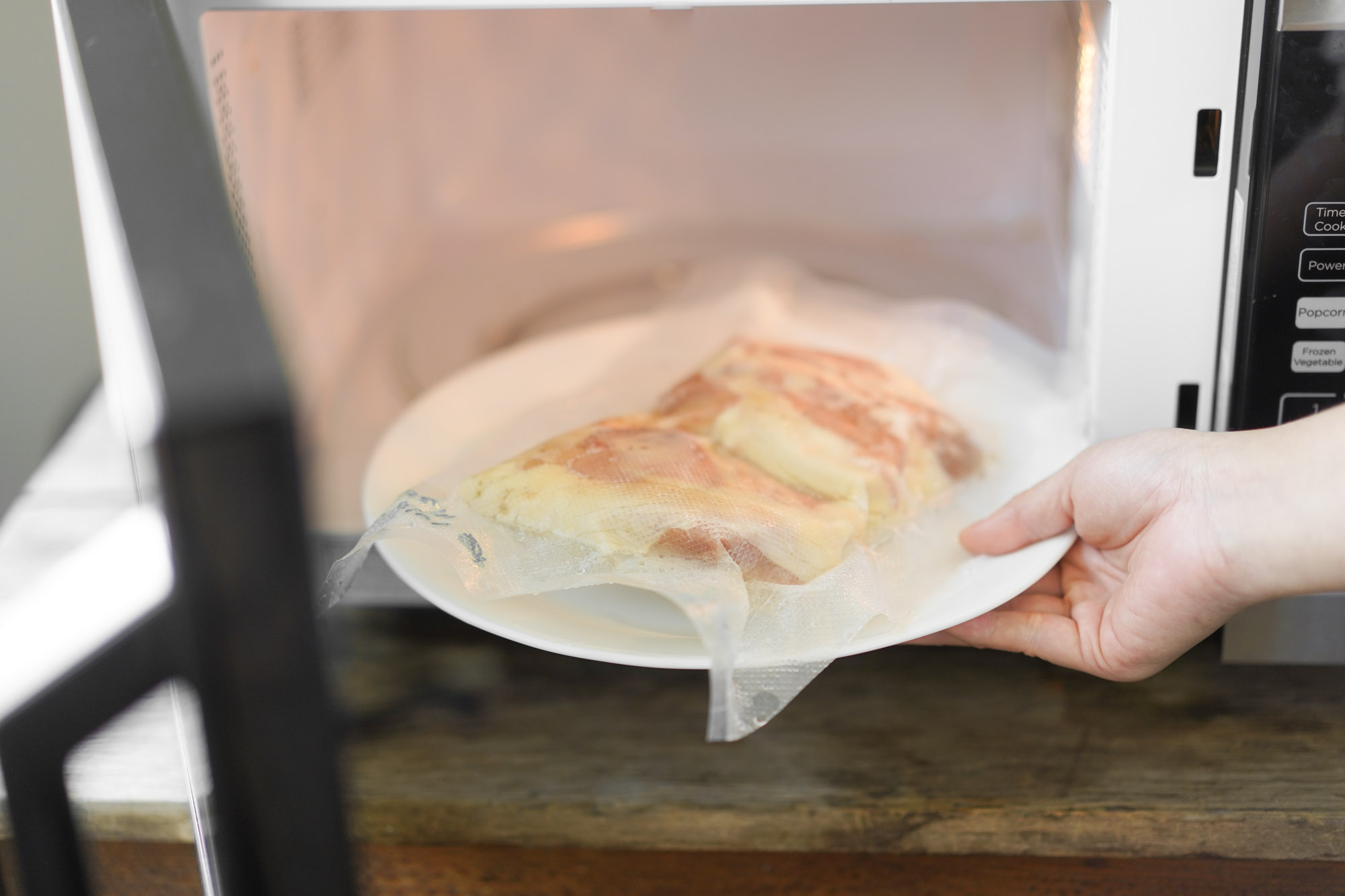

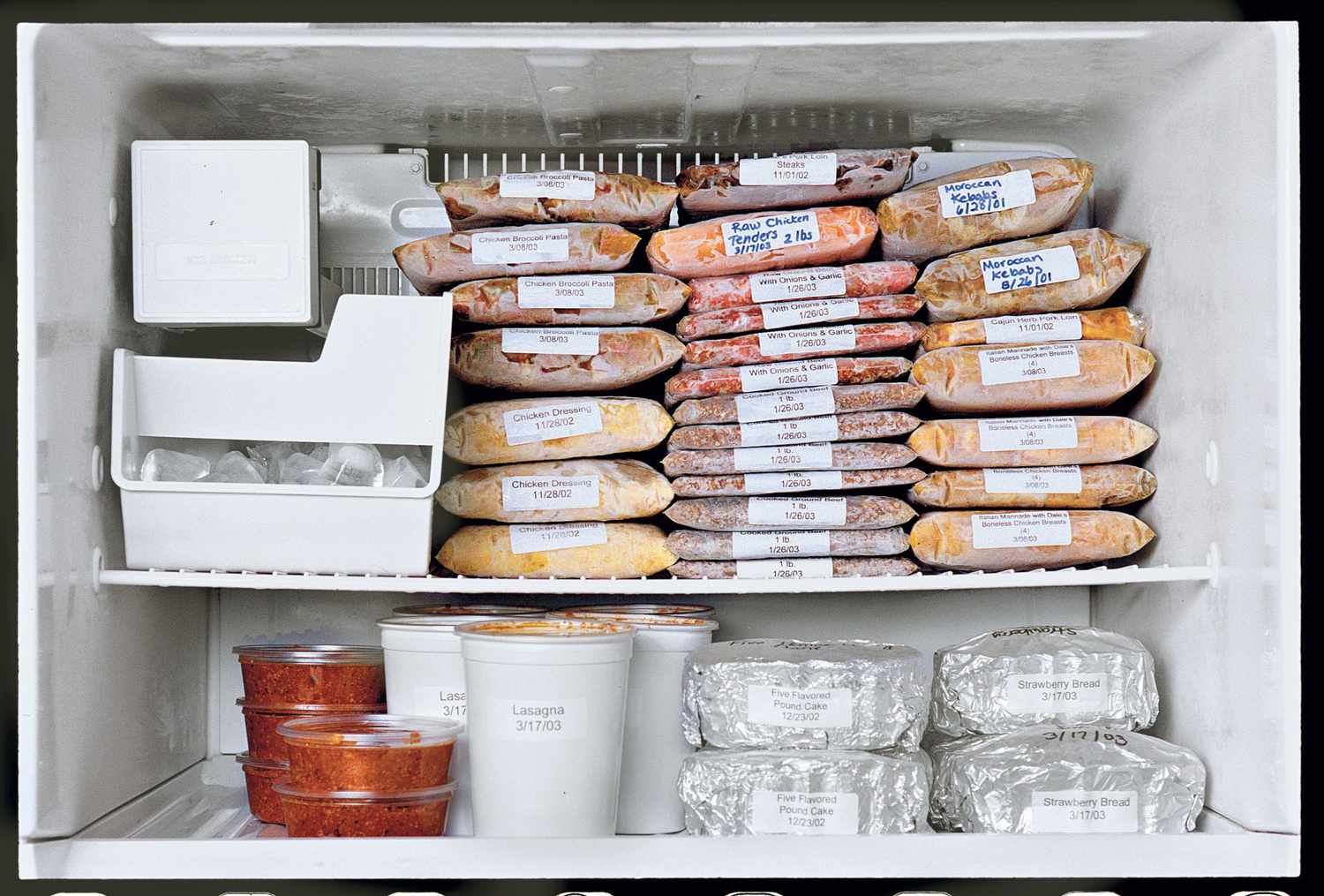


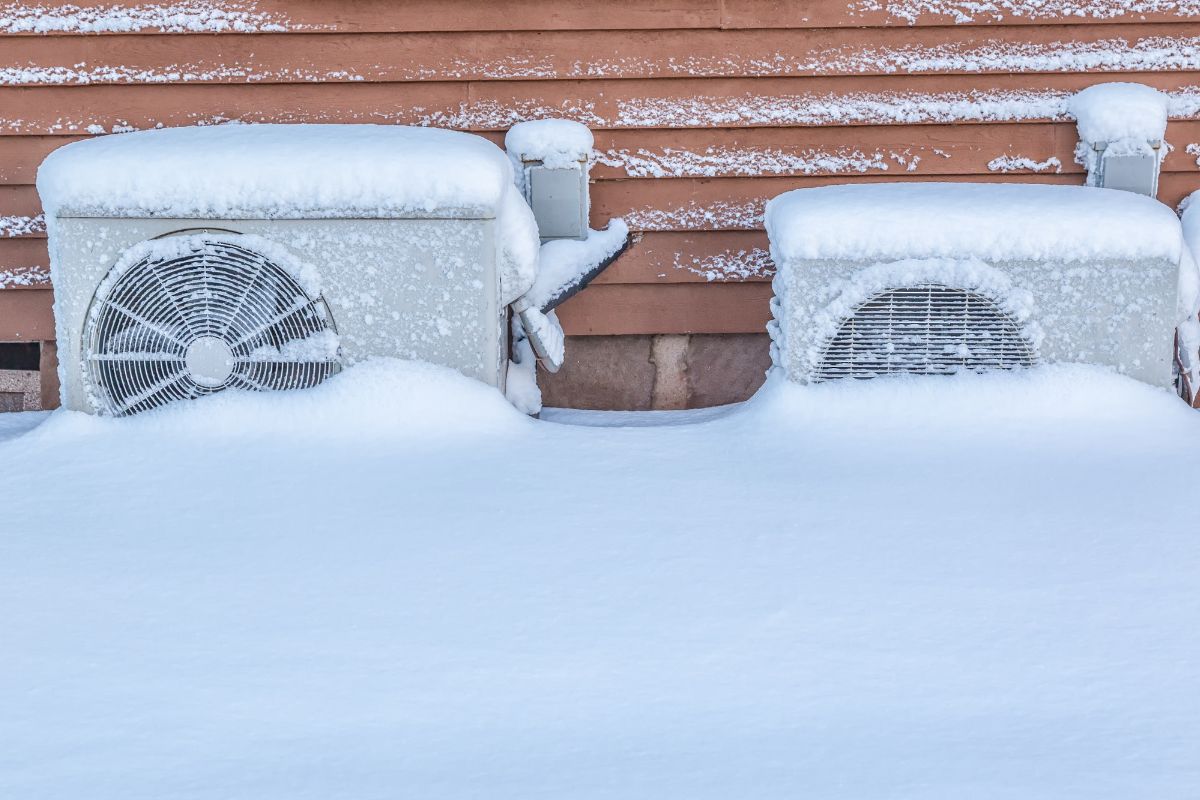
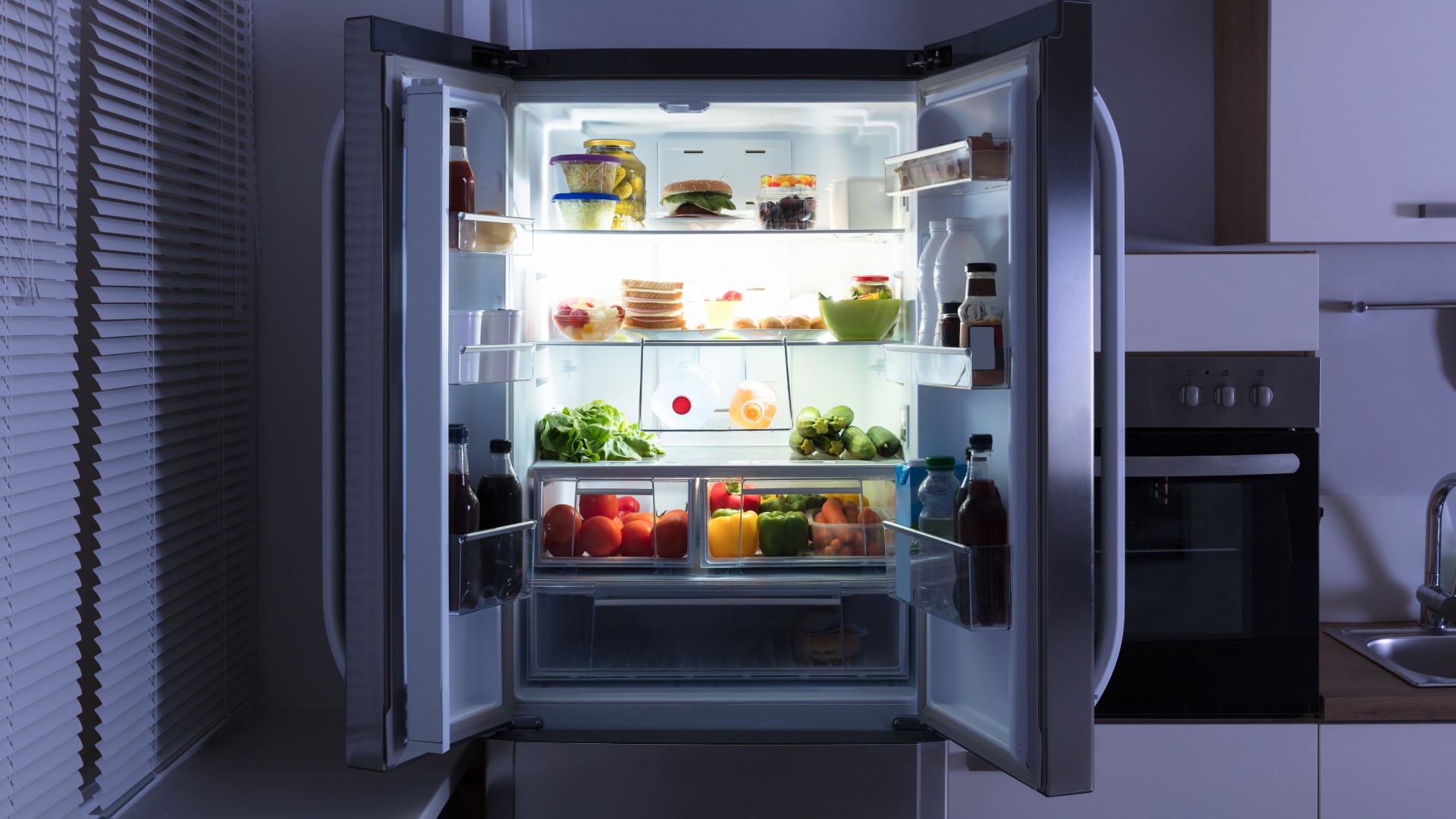
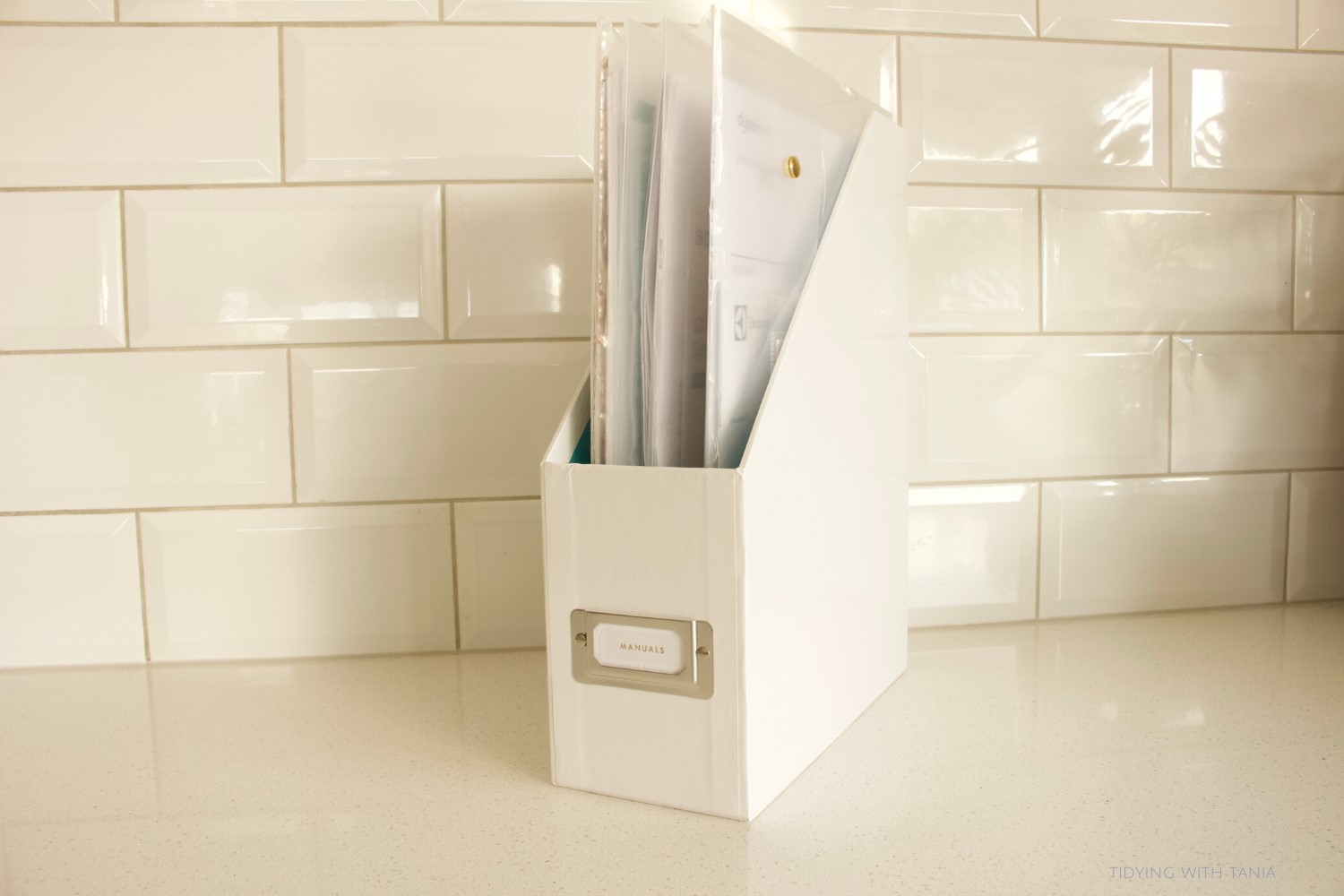
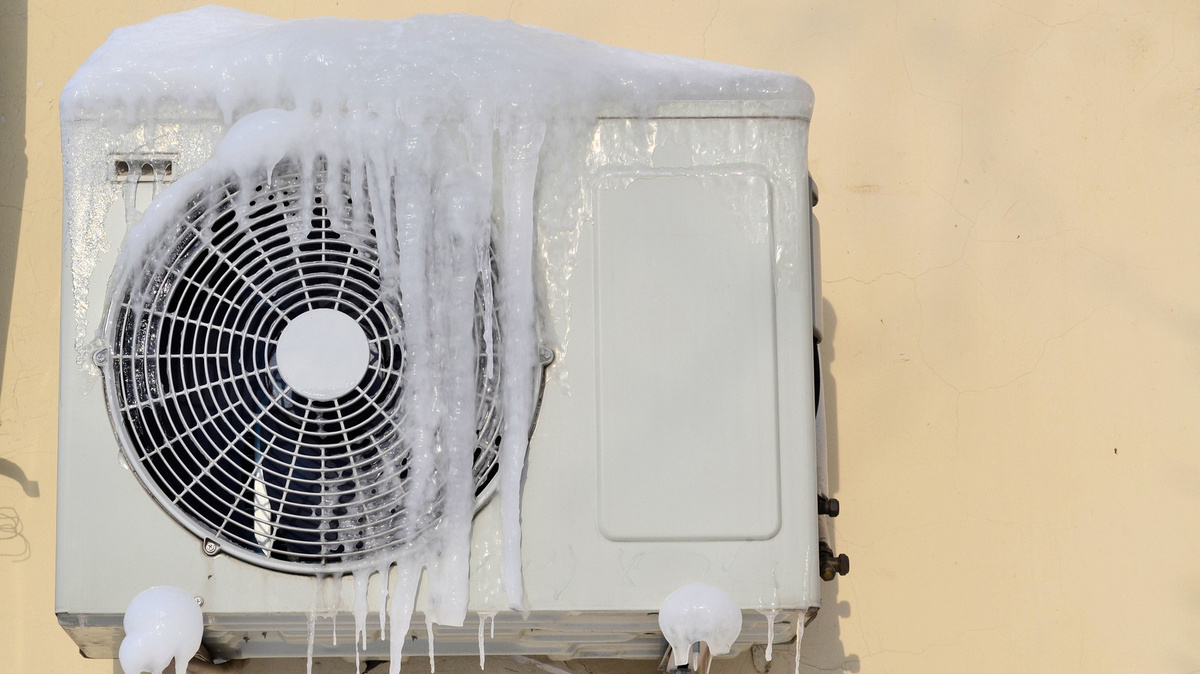

0 thoughts on “What Is A Manual Defrost Freezer”